-
 bitcoin
bitcoin $118548.520763 USD
3.67% -
 ethereum
ethereum $4352.564943 USD
4.79% -
 xrp
xrp $2.964058 USD
4.22% -
 tether
tether $1.000565 USD
0.05% -
 bnb
bnb $1028.372955 USD
1.46% -
 solana
solana $221.373507 USD
6.00% -
 usd-coin
usd-coin $0.999933 USD
0.02% -
 dogecoin
dogecoin $0.248633 USD
6.85% -
 tron
tron $0.341444 USD
2.38% -
 cardano
cardano $0.852946 USD
5.82% -
 hyperliquid
hyperliquid $47.869306 USD
6.15% -
 chainlink
chainlink $22.561476 USD
6.01% -
 ethena-usde
ethena-usde $1.001258 USD
0.05% -
 avalanche
avalanche $30.660000 USD
2.06% -
 stellar
stellar $0.400917 USD
9.76%
How do I stake using Ledger?
Set up your Ledger for staking by updating firmware, installing the correct crypto app, connecting to a trusted wallet, and using secure platforms like Lido or Rocket Pool.
Sep 23, 2025 at 08:54 am
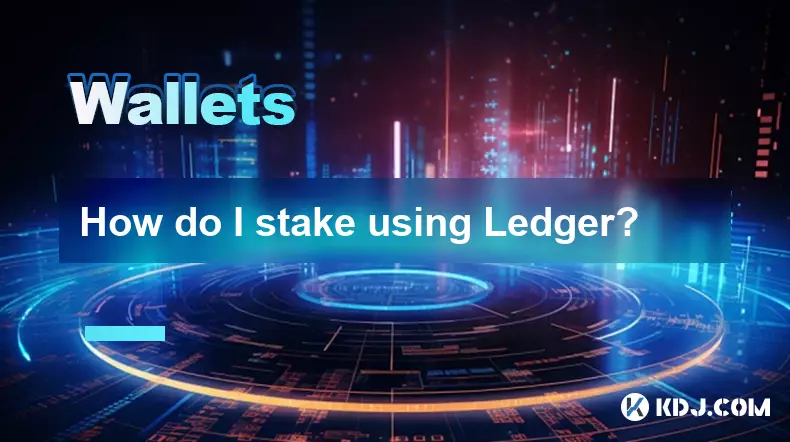
Setting Up Your Ledger Device for Staking
1. Ensure your Ledger device is updated to the latest firmware version. Visit the Ledger Live application and check for any available updates under the settings menu. A current firmware ensures compatibility with staking applications and enhances security.
2. Install the relevant cryptocurrency app on your Ledger via Ledger Live. For Ethereum staking, install the Ethereum app. For other coins like Solana or Cardano, locate their respective apps in the catalog. Each blockchain has a dedicated application that enables interaction with its network.
3. Open the installed app on your Ledger device after installation. Confirm that the 'Browser Support' feature is disabled unless you are using specific third-party platforms. Keeping it off prevents potential exposure to malicious websites attempting to access your keys.
4. Connect your Ledger to a trusted wallet interface such as MetaMask for Ethereum or Phantom for Solana. Make sure the wallet recognizes your Ledger by selecting the hardware wallet option during setup. This connection allows secure signing of transactions without exposing private keys.
Choosing a Staking Platform Compatible with Ledger
1. Research platforms that explicitly support Ledger integration. Examples include Lido, Rocket Pool, and Coinbase Earn for Ethereum staking. These services allow users to delegate funds securely while maintaining control through their hardware wallets.
2. Verify the authenticity of the platform’s website. Scammers often create fake versions of popular staking portals. Always type the URL directly into your browser or use bookmarks from verified sources to avoid phishing attacks.
3. Check community reviews and developer documentation before committing funds. Platforms backed by open-source code and active GitHub repositories tend to be more transparent and trustworthy.
4. Confirm whether the service requires wrapping tokens or using liquidity staking derivatives. Some platforms issue staked ETH tokens (e.g., stETH) which can be traded or used in DeFi protocols, adding flexibility but also counterparty risk.
Initiating the Staking Process
1. Transfer your cryptocurrency from an exchange or software wallet to your Ledger-controlled address. Use a small test transaction first to confirm correct destination and network selection, especially when dealing with networks that have similar ticker symbols.
2. Navigate to the staking platform’s dashboard and connect your wallet. When prompted, select the Ledger-connected wallet option. The site will request permission to interact; approve only within the official domain.
Never enter your recovery phrase on any website or share it with anyone. Legitimate platforms do not ask for this information.3. Specify the amount you wish to stake. Review gas fees and estimated rewards displayed by the interface. Some platforms show projected APY based on current network conditions, helping inform decisions.
4. Confirm the transaction on your Ledger device. Physically press both buttons to authorize once the details match what you expect. This step ensures no malware can trick you into approving unintended actions.
Monitoring and Managing Staked Assets
1. Regularly check your staking dashboard to monitor reward accrual and validator performance. Poorly performing nodes may reduce earnings or face penalties, depending on the consensus mechanism.
2. Update your Ledger apps periodically. Developers release patches that improve functionality or fix vulnerabilities related to staking operations.
3. Be aware of withdrawal timelines. In Ethereum's case, withdrawals were enabled post-Merge, but delays can occur due to queue backlogs. Other chains may have lock-up periods requiring advance planning.
Always double-check addresses when withdrawing or reinvesting rewards. Sending assets to incorrect destinations results in permanent loss.Frequently Asked Questions
Can I lose money staking with Ledger?Yes, despite Ledger providing strong security, risks exist in the staking process itself. Slashing penalties apply if a validator behaves dishonestly. Market volatility can also reduce the fiat value of staked assets even if nominal rewards increase.
Do I need 32 ETH to stake directly on Ethereum?To run your own validator node, yes. However, most Ledger users opt for pooled staking services like Lido or Rocket Pool, which allow participation with less than 32 ETH by pooling resources across multiple users.
Is staking possible for all cryptocurrencies on Ledger?No. Only blockchains that support proof-of-stake and offer compatible apps on Ledger Live enable staking. Proof-of-work coins like Bitcoin cannot be staked at all, regardless of wallet type.
What happens if my Ledger device breaks?As long as you have your 24-word recovery phrase stored securely, you can restore access to your funds on a new Ledger or compatible wallet. The recovery phrase grants ownership of all associated accounts, including staked positions managed through decentralized platforms.
Disclaimer:info@kdj.com
The information provided is not trading advice. kdj.com does not assume any responsibility for any investments made based on the information provided in this article. Cryptocurrencies are highly volatile and it is highly recommended that you invest with caution after thorough research!
If you believe that the content used on this website infringes your copyright, please contact us immediately (info@kdj.com) and we will delete it promptly.
- BlockDAG, DOGE, HYPE Sponsorship: Crypto Trends Shaping 2025
- 2025-10-01 00:25:13
- Deutsche Börse and Circle: A StableCoin Adoption Powerhouse in Europe
- 2025-10-01 00:25:13
- BlockDAG's Presale Buzz: Is It the Crypto to Watch in October 2025?
- 2025-10-01 00:30:13
- Bitcoin, Crypto, and IQ: When Genius Meets Digital Gold?
- 2025-10-01 00:30:13
- Stablecoins, American Innovation, and Wallet Tokens: The Next Frontier
- 2025-10-01 00:35:12
- NBU, Coins, and Crypto in Ukraine: A New Yorker's Take
- 2025-10-01 00:45:14
Related knowledge

How to get the Trust Wallet browser extension?
Oct 01,2025 at 12:37am
How to Access the Trust Wallet Browser Extension1. Visit the official Trust Wallet website through a secure internet connection. Navigate to the downl...
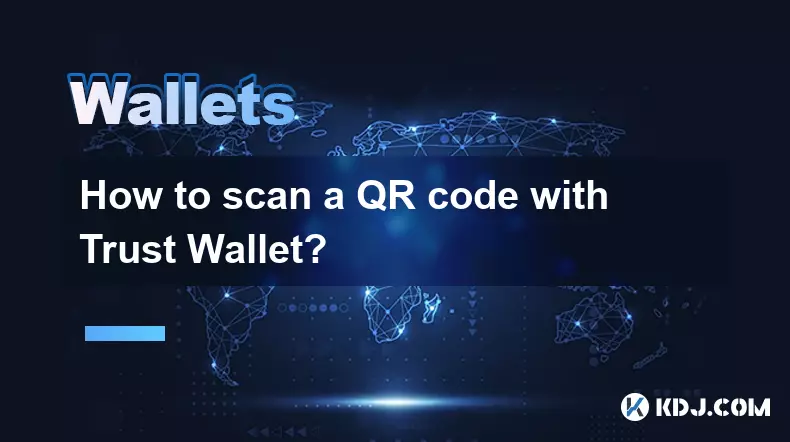
How to scan a QR code with Trust Wallet?
Oct 02,2025 at 03:37pm
Understanding QR Codes in Trust Wallet1. QR codes are widely used in cryptocurrency applications to simplify transaction processes. Trust Wallet lever...
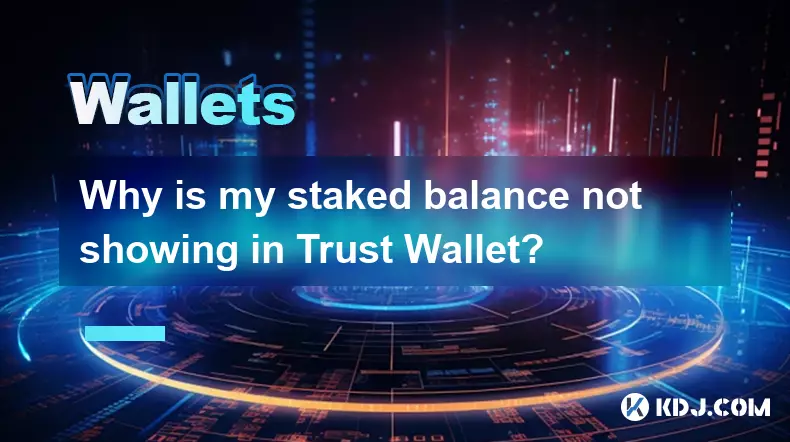
Why is my staked balance not showing in Trust Wallet?
Oct 01,2025 at 12:54am
Understanding Decentralized Exchanges in the Crypto Ecosystem1. Decentralized exchanges (DEXs) operate without a central authority, allowing users to ...
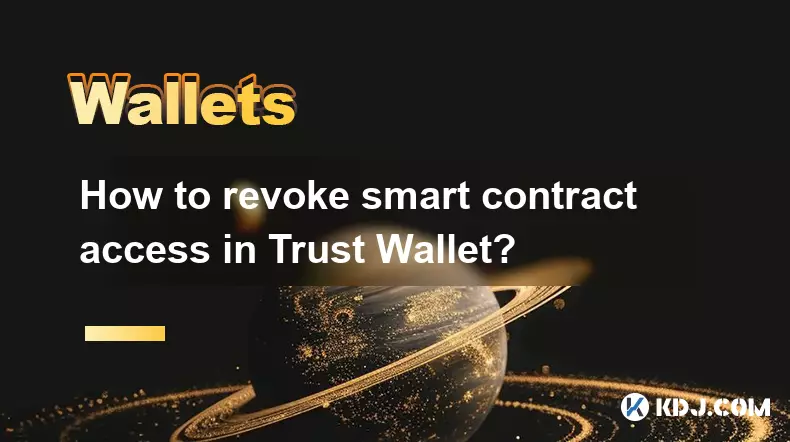
How to revoke smart contract access in Trust Wallet?
Oct 01,2025 at 12:54pm
Understanding Smart Contract Access in Trust Wallet1. Smart contracts are self-executing agreements built on blockchain networks, commonly used in dec...
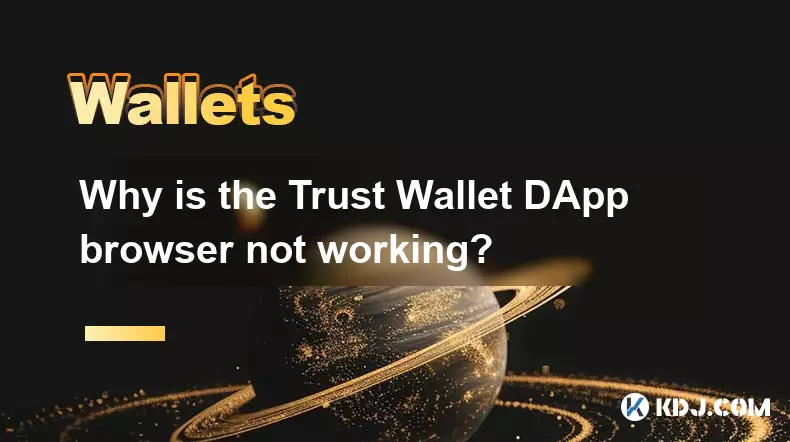
Why is the Trust Wallet DApp browser not working?
Oct 01,2025 at 05:36am
Common Causes of Trust Wallet DApp Browser Issues1. The DApp browser within Trust Wallet may fail to load due to connectivity problems. A weak or unst...
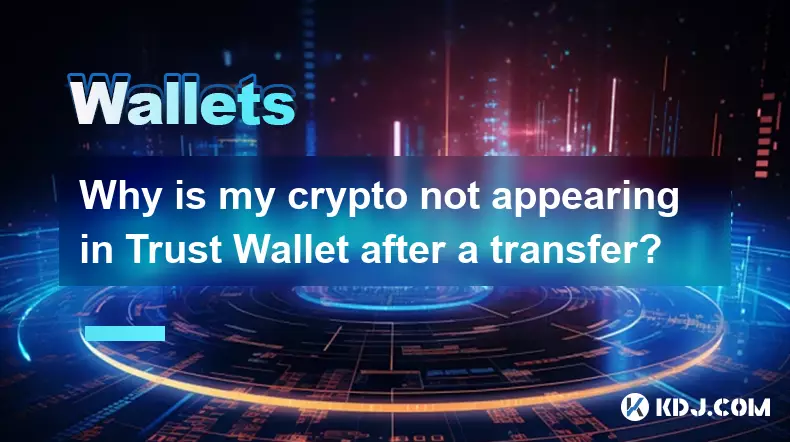
Why is my crypto not appearing in Trust Wallet after a transfer?
Oct 01,2025 at 04:36am
Common Reasons Your Crypto Doesn’t Appear in Trust Wallet1. The transaction is still pending on the blockchain. Blockchain confirmations can take time...

How to get the Trust Wallet browser extension?
Oct 01,2025 at 12:37am
How to Access the Trust Wallet Browser Extension1. Visit the official Trust Wallet website through a secure internet connection. Navigate to the downl...

How to scan a QR code with Trust Wallet?
Oct 02,2025 at 03:37pm
Understanding QR Codes in Trust Wallet1. QR codes are widely used in cryptocurrency applications to simplify transaction processes. Trust Wallet lever...

Why is my staked balance not showing in Trust Wallet?
Oct 01,2025 at 12:54am
Understanding Decentralized Exchanges in the Crypto Ecosystem1. Decentralized exchanges (DEXs) operate without a central authority, allowing users to ...

How to revoke smart contract access in Trust Wallet?
Oct 01,2025 at 12:54pm
Understanding Smart Contract Access in Trust Wallet1. Smart contracts are self-executing agreements built on blockchain networks, commonly used in dec...

Why is the Trust Wallet DApp browser not working?
Oct 01,2025 at 05:36am
Common Causes of Trust Wallet DApp Browser Issues1. The DApp browser within Trust Wallet may fail to load due to connectivity problems. A weak or unst...

Why is my crypto not appearing in Trust Wallet after a transfer?
Oct 01,2025 at 04:36am
Common Reasons Your Crypto Doesn’t Appear in Trust Wallet1. The transaction is still pending on the blockchain. Blockchain confirmations can take time...
See all articles










































































